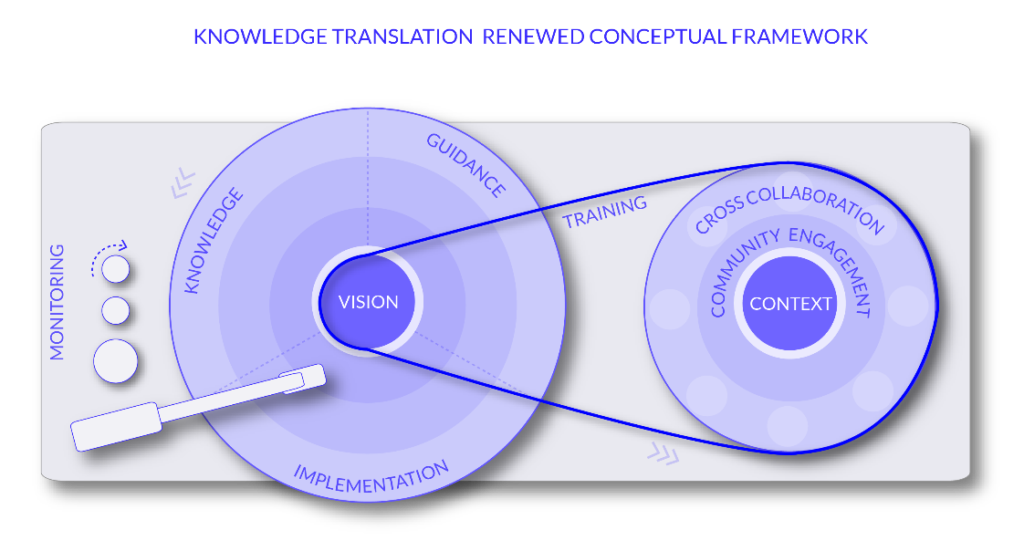City Know-hows

Target audience
American Planning Association, Eastern Great Lakes Chapter of the Association of American Geographers, Association of American Geographers, Michigan Association of Planning, Crim Fitness Foundation, Genesee County Land Bank, The City of Flint Planning Department.
The problem
The literature on migration in developing nations indicates that poor quality infrastructure is a “push” factor because people leave places that cannot provide water or other basic services. It is conceivable that the same phenomenon could occur in the U.S. as infrastructure deteriorates. This issue has not yet received a lot of attention in the academic literature or mainstream media; however water systems in the U.S. are now just reaching the point where they are old and failing.
What we did and why
While several studies have examined the health effects of the crisis and changes in water lead levels over time, no study has considered whether the crisis has resulted or could result in residents leaving the city. To explore this question, we surveyed 405 Flint residents and used quantitative and qualitative methods, as well as exploratory spatial data analysis, to test five hypotheses about the water crisis and population dynamics.
Our study’s contribution
Our study shows the potential for a negative cyclic relationship between failures in infrastructure provision and population loss. While population losses have not yet accelerated, we found that many residents of Flint, Michigan are considering leaving the city because of a water crisis. If a large proportion of residents leave, the quality of the city’s infrastructure will further erode as the tax base continues to decline. We found that perceptions of the water’s safety and its long-term health effects—rather than sociodemographic variables or actual water lead levels—predict whether a resident considers leaving. Further, resident responses did not vary by demographics or home location—meaning that policy makers cannot target retention initiatives to one group or section of the city.
The study adds to the paucity of work on the relationships between water infrastructure and population dynamics. Although it uses empirical analyses and a case study approach focused on the Flint, Michigan water crisis, the findings have wider implications.
Impacts for city policy and practice
Flint may be one of the first cities in the U.S. to experience a man-made, catastrophic water infrastructure failure on a large scale. It is conceivable that other legacy/shrinking cities could face similar challenges as their infrastructure ages and is not maintained due to financial constraints stemming from deindustrialization. This study emphasizes how disinvestment in water infrastructure has implications for community development,, cities’ long-term financial health, and ultimately their sustainability. We argue that it is important for planners and policy makers to be aware of the public’s perception of infrastructure quality.
Further information
Full research article:
The Effects of the Water Crisis on Population Dynamics in the City of Flint, Michigan by Victoria Morckel and Greg Rybarczyk.
Related posts

City residential streets offer an opportunity to give back to nature, making changes to make them a habitat for wildlife. Our study investigated the behaviour of rewilding

We took a significant step in identifying the existing gaps in knowledge translation for healthy cities and adopting a proactive approach to laying out opportunities for improvement. By developing a visual representation for a renewed conceptual framework, we provide a clear and insightful tool for planners, designers, and policymakers aiming to enhance knowledge translation processes. As a result, this study not only elevates knowledge translation as a field of study for urban professionals but also reinforces its importance in public health.

Our Jerusalem Railway Park study addressed the needs of those aged 55 in disparate communities, with long-term implications for physical and mental health, and community